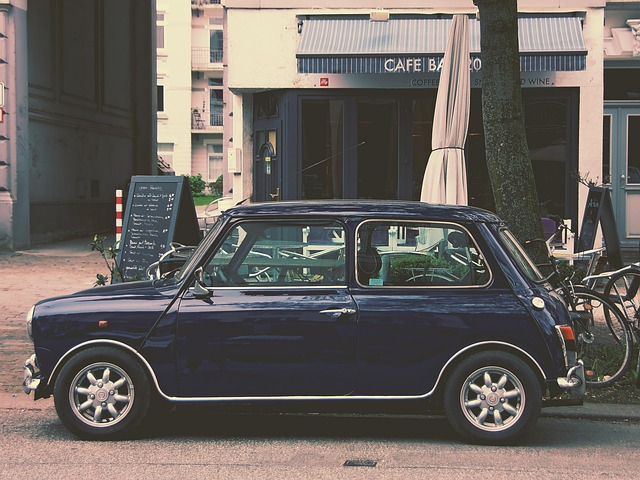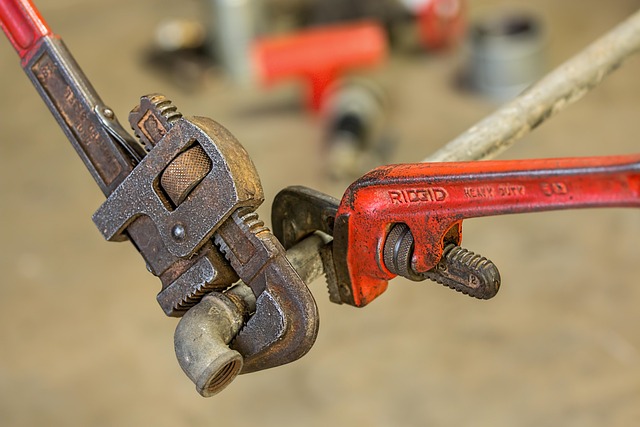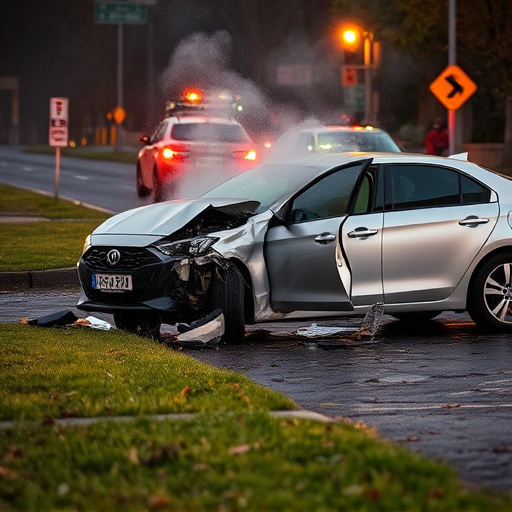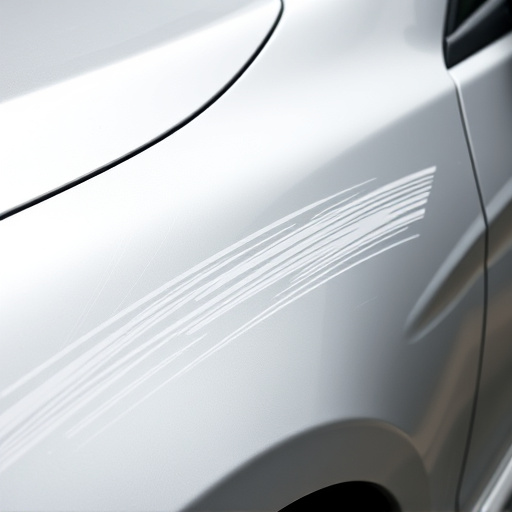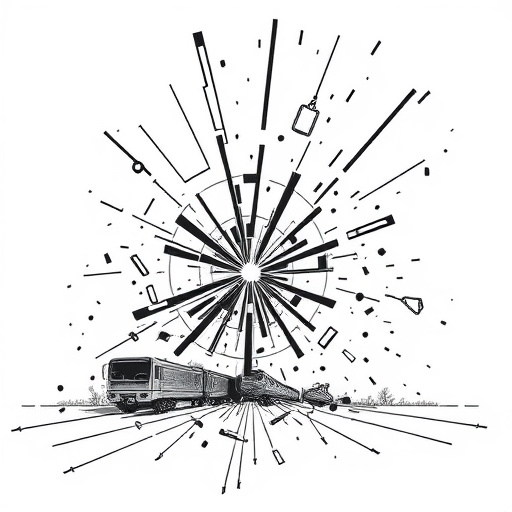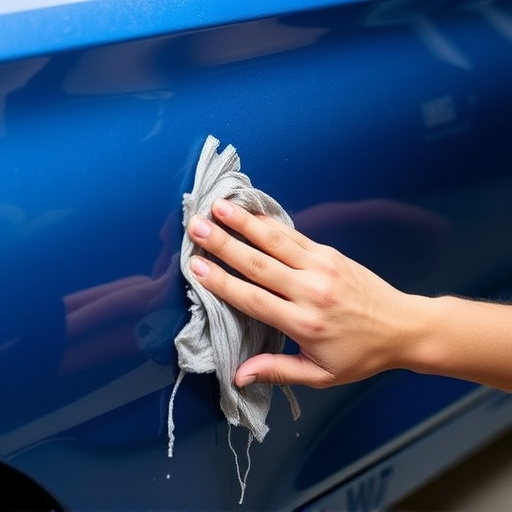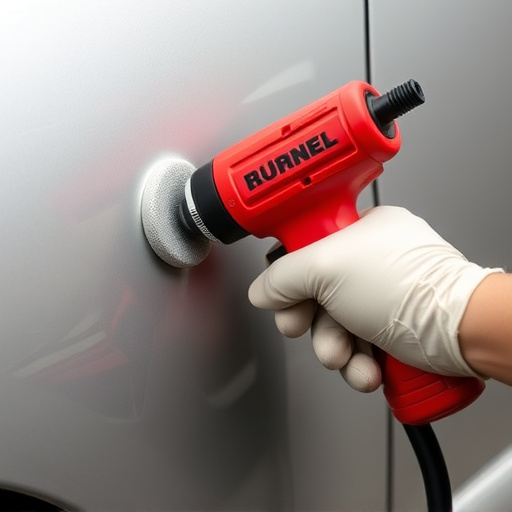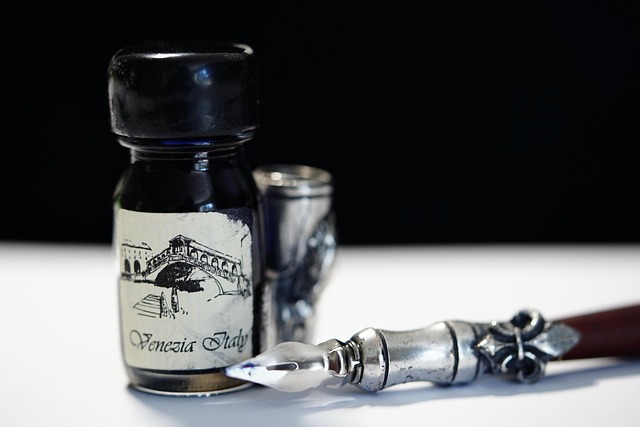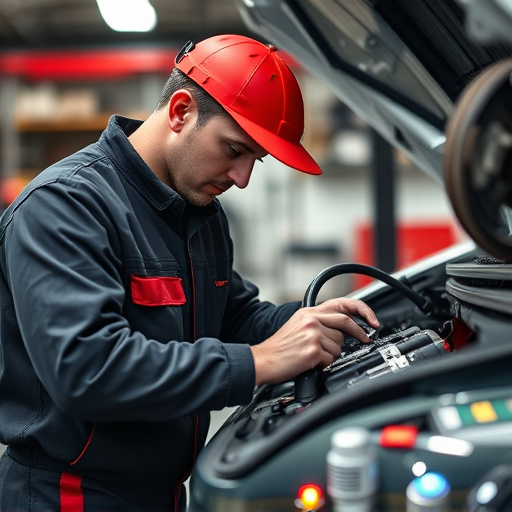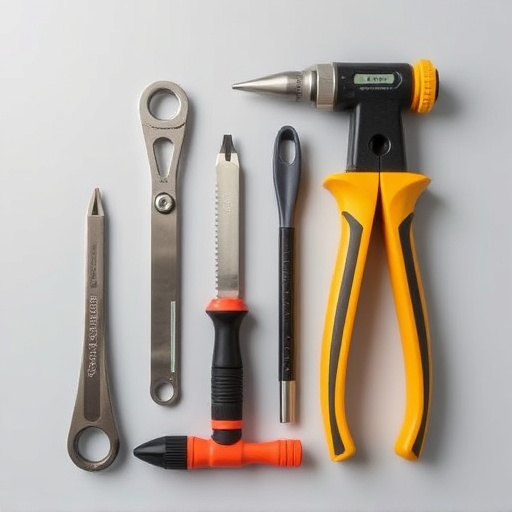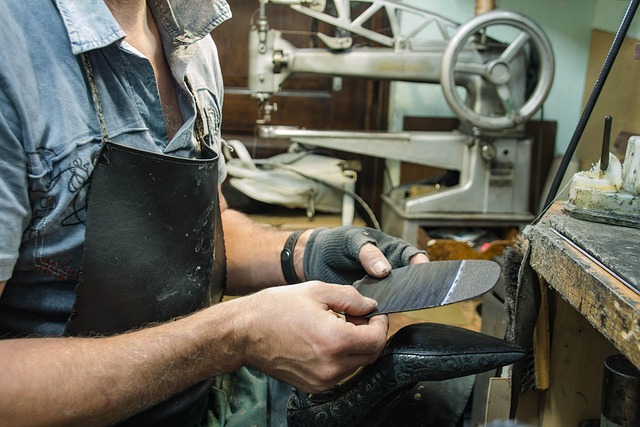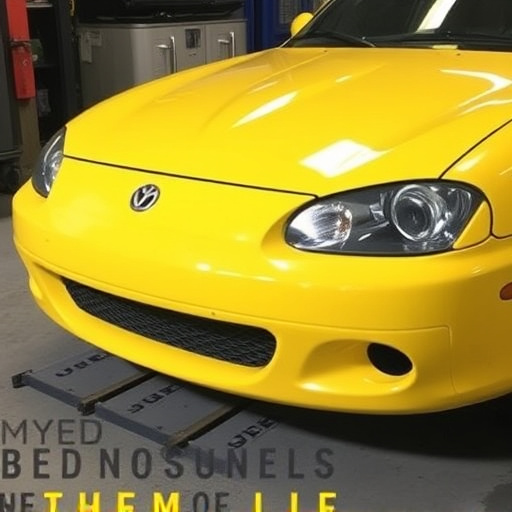Tempered glass, strengthened through special heating and cooling processes, is a safer and more durable alternative to regular glass. Its ability to shatter into small, non-hazardous pieces upon impact makes it ideal for high-risk areas like car windshields and busy streets, significantly reducing injury risks during accidents. Tempered glass also offers superior clarity, durability, and thermal resistance, suitable for diverse applications from automotive restoration to everyday windows. Proper installation and regular maintenance are crucial for optimal safety and protection in high-impact zones, with specialized services recommended for repairs or replacements.
Tempered glass is an essential component in enhancing safety and structural integrity, especially in high-impact zones. This robust material has revolutionized building design by offering superior strength and durability compared to traditional glass. With its ability to withstand extreme forces, tempered glass acts as a vital defense mechanism in areas prone to accidents or natural disasters. This article explores the significance of tempered glass installation, delving into its unique properties, benefits in high-impact environments, and best practices for optimal implementation.
- Understanding Tempered Glass: Properties and Advantages
- High-Impact Zones: Identifying Risks and Benefits of Tempered Glass Installation
- Best Practices for Tempered Glass Installation in High-Impact Areas
Understanding Tempered Glass: Properties and Advantages

Tempered glass, a specialized type of enhanced safety glass, has revolutionized the way we protect our spaces from impact and breakage. Unlike traditional glass, which can shatter into sharp pieces upon impact, tempered glass is designed to break into small, relatively harmless fragments. This unique property makes it an essential component in high-impact zones, such as automotive windshields, windows, and even fixtures in public areas.
The process of tempering involves heating glass to a specific temperature and then rapidly cooling it. This heat treatment enhances the strength of the glass, making it up to five times stronger than normal glass. In the event of impact or stress, tempered glass retains its shape, reducing the risk of injuries caused by flying debris. This is particularly crucial in scenarios like car restoration and auto detailing, where a vehicle’s windshield or windows may sustain damage during collision repair. The advantages of tempered glass installation extend beyond safety; it offers durability, clarity, and resistance to heat and thermal shock, making it a superior choice for various applications.
High-Impact Zones: Identifying Risks and Benefits of Tempered Glass Installation
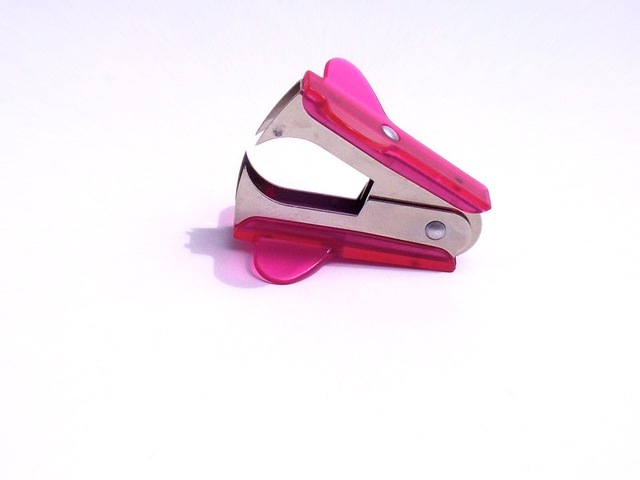
High-impact zones are areas where vehicles are prone to collision or significant damage, such as intersections, parking lots, and high-traffic streets. Identifying these zones is a critical first step in determining the benefits of installing tempered glass. Tempered glass installation offers enhanced safety features compared to regular glass, making it a popular choice for vehicle bodywork and repair services. Its durability and ability to shatter into small, non-sharp pieces upon impact significantly reduce the risk of injuries during accidents.
In car bodywork or vehicle repair services, tempered glass plays a vital role in mitigating risks specific to high-impact zones. By understanding these risks, businesses and individuals can make informed decisions about their glass installation needs. For instance, in busy urban centers where vehicles frequently collide, tempered glass can provide an added layer of protection for both occupants and pedestrians, ensuring better vehicle repair outcomes and potentially saving lives.
Best Practices for Tempered Glass Installation in High-Impact Areas
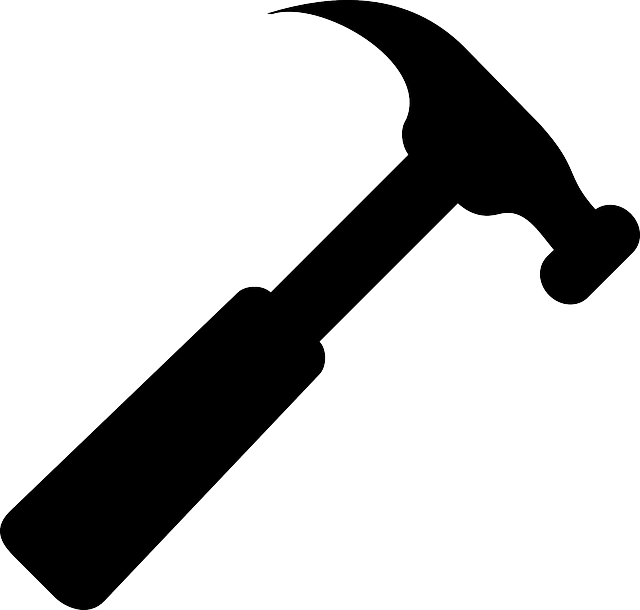
When installing tempered glass in high-impact zones, best practices include adhering to stringent safety standards and using high-quality materials. This involves ensuring proper alignment and secure mounting to prevent any gaps or weaknesses that could compromise structural integrity. Professional installation by experienced technicians is paramount, as it guarantees precise cutting and fitting tailored to the specific area’s requirements.
Regular maintenance and inspections are equally vital for long-term protection. For instances, in car restoration or auto body repair projects, tempered glass should be checked for any signs of damage or wear over time. Repairs or replacements should be handled by specialized car repair services that understand the unique challenges of high-impact areas, ensuring both safety and aesthetic appeal.
Tempered glass is an indispensable material in high-impact zones, offering enhanced safety and structural integrity. By understanding its unique properties and implementing best practices for installation, we can mitigate risks and capitalize on its advantages. The strategic use of tempered glass in these areas not only improves resilience but also contributes to the overall aesthetics and functionality of structures, ensuring a safer and more vibrant built environment. For effective tempered glass installation, it’s crucial to follow expert guidelines, leveraging its strength and durability to create robust and visually appealing solutions for high-risk locations.
